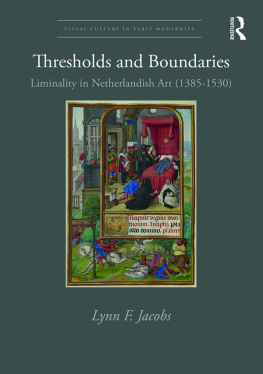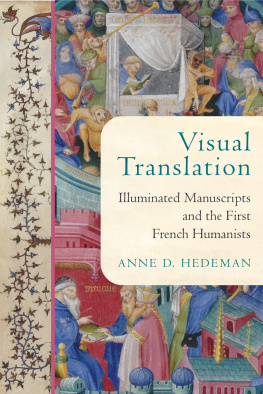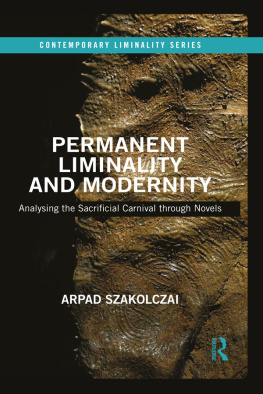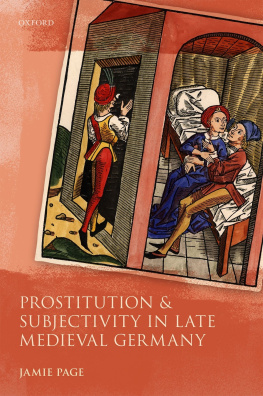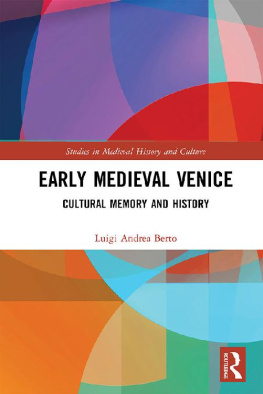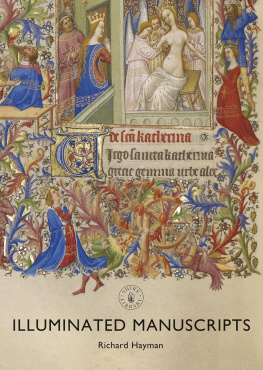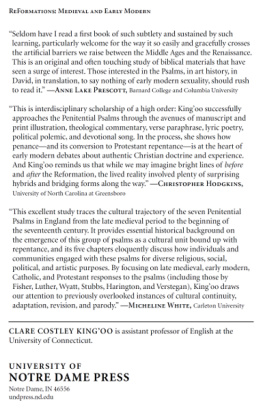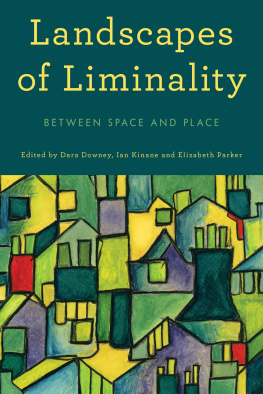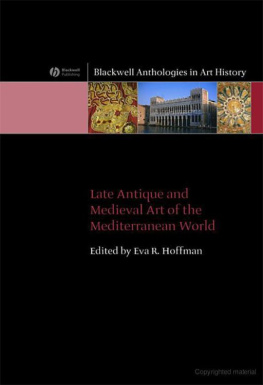Thresholds and Boundaries
Although liminality has been studied by scholars of medieval and seventeenth-century art, the role of the threshold motif in Netherlandish art of the late fourteenth, fifteenth and early sixteenth centuries this late medieval and early early modern period has been much less fully investigated. Thresholds and Boundaries: Liminality in Netherlandish Art (13851530) addresses this issue through a focus on key case studies (Sluters portal of the Chartreuse de Champmol and the calendar pages of the Limbourg brothers Trs Riches Heures), and on important formats (altarpieces and illuminated manuscripts). Lynn F. Jacobs examines how the visual thresholds established within Netherlandish paintings, sculptures and manuscript illuminations become sites where artists could address relations between life and death, aristocrat and peasant, holy and profane, and man and God and where artists could exploit the betwixt and between nature of the threshold to communicate, paradoxically, both connections and divisions between these different states and different worlds. Building on literary and anthropological interpretations of liminality, this book demonstrates how the exploration of boundaries in Netherlandish art infused the works with greater meaning. The books probing of the (often ignored) meanings of the threshold motif casts new light on key works of Netherlandish art.
Lynn F. Jacobs is Distinguished Professor of Art History at the University of Arkansas. Her previous publications have included two books, Early Netherlandish Carved Altarpieces: Medieval Tastes and Mass Marketing and Opening Doors: The Early Netherlandish Triptych Reinterpreted,as well as articles in Art Bulletin, The Sixteenth Century Journal, Jaarboek Koninklijk Museum voor Schone Kunsten Antwerpen, Zeitschrift fr Kunstgeschichte and elsewhere. In 1990, her Art Bulletin article was awarded the Arthur Kingsley Porter Prize by the College Art Association.
Thresholds and Boundaries
Liminality in Netherlandish Art (13851530)
Lynn F. Jacobs

First published 2018
by Routledge
2 Park Square, Milton Park, Abingdon, Oxon OX14 4RN
and by Routledge
711 Third Avenue, New York, NY 10017
Routledge is an imprint of the Taylor & Francis Group, an informa business
2018 Lynn F. Jacobs
The right of Lynn Jacobs to be identified as author of this work has been asserted by her in accordance with sections 77 and 78 of the Copyright, Designs and Patents Act 1988.
All rights reserved. No part of this book may be reprinted or reproduced or utilised in any form or by any electronic, mechanical, or other means, now known or hereafter invented, including photocopying and recording, or in any information storage or retrieval system, without permission in writing from the publishers.
Trademark notice: Product or corporate names may be trademarks or registered trademarks, and are used only for identification and explanation without intent to infringe.
British Library Cataloguing-in-Publication Data
A catalogue record for this book is available from the British Library
Library of Congress Cataloging-in-Publication Data
A catalog record for this book has been requested
ISBN: 978-1-315-10799-8 (ebk)
ISBN: 978-1-4724-5781-3 (hbk)
Typeset in Sabon
by Apex CoVantage, LLC
For my parents, Marjorie and Stanley Jacobs, with gratitude and love
Contents
Part I
Introduction
Part II
Case studies
Part III
Studies in format
Part IV
Coda
The idea for this book arose thanks to Jeffrey Hamburger, who asked me, after I had presented a paper on relations between triptychs and manuscript illumination, Arent you really just talking about liminality? He was right: thats what I was talking about. And so spurred by the encouragement of Erika Gaffney and Allison Levy I decided to keep talking about it.
In preparing this book I am particularly grateful to my anthropologist colleagues Tim Landry and especially JoAnn DAlisera, who patiently got me up to speed on van Gennep and Victor Turner, answered innumerable questions and suggested many useful references. I would also like to thank the many scholars for their help with this project, especially Ann Adams, Anne Margreet As-Vijvers, Douglas Brine, Gregory Clark, Lynda Coon, Raymond Eichmann, Wayne Franits, Paul Freedman, John Friedman, Thomas Kren, Sherry Lindquist, Heidi de Mare, Michele Marincola, James Marrow, Leo Mazow, Elizabeth Morrison, Marius Rimmele, William Robinson, Frank Scheide, Heike Schlie, Kim Sexton, Larry Silver, John Treat, and Diane Wolfthal and the late David Smith. The library staff at the University of Arkansas especially the wonderful folks at Interlibrary Loan and the indefatigable Phillip Jones, Associate Librarian at the University of Arkansas were unfailingly and enormously helpful. David Chioffi kindly gave of his time and his amazing design skills to help me with the cover design. Portions of initials drafts of this book were presented at conferences the New Perspectives on Flemish Illumination colloquium in Brussels (2011), the College Art Association conference (2013), and the Foldable Pictures conference in Zurich (2014); I very grateful to the organizers of these conferences for including me, and I benefitted much from the comments I received from other participants. I am very, very grateful to Todd Shields, Dean of Fulbright College, for providing financial support for the production costs of this book and for his continued support for the advancement of research at the University of Arkansas. Finally, I would like to thank my husband, Jeremy Hyman, who offered help with a myriad of scholarly, transportation and cyber problems that arose during this work, and my son, Jonah, who brought much needed levity to the project with his regular reminders that in his opinion liminality wasnt a real word an opinion with which I, of course, respectfully disagree.
The term liminality is not used in everyday conversation. But the term threshold and its conception as the sill of a doorway, the entrance to a building or the point of entering or beginning is a quite common and not particularly obscure word. So while liminality is a technical term with a large body of scholarly literature exploring its meaning and implications in quite sophisticated, theoretical ways the terms links to the notions of the threshold and the boundary mean that liminality is rooted in very basic human experiences.
Liminality and anthropology
Arnold van Gennep, an anthropologist, is credited with having invented the term liminality in his 1909 book, Les Rites de passage. In this book, van Gennep focused on identifying and characterizing rituals that enable the individual to pass from one defined position to another which is equally well defined social transitions that included, for example, birth, social puberty, marriage, parenthood, advancement to a higher class and death.
Van Genneps analysis of rites of passage and, in particular, the liminal phase of rites of passage had little scholarly impact until these ideas were probed and developed in the work of another anthropologist, Victor Turner. Turner would come to call this kind of comradeship communitas.

